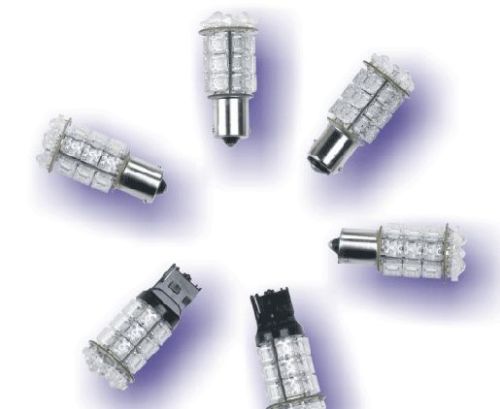
With the official implementation of relevant government support policies and the maturity of LED technology, the output value of LED lighting industry will usher in explosive growth in the future. However, due to lack of LED technical standards, overcapacity, and vicious competition among companies, many LED lighting products have failed to pass the test, and consumers have also talked about the discoloration of LED lights. So, what are the minefields that consumers need to pay attention to in the specific buying process?
Inventory: Misunderstanding of errors in LED lamps. Expectations for actual service life are too high.
LED manufacturers expect LED lifetimes to reach 100,000 hours MTBF (mean time between failures, the standard used by conventional luminaire manufacturers to measure lifetime of light sources). However, just like all basic light sources, lumen flux of an LED also decays over time. So, although the LED lighting time can be very long, MTBF is not the only consideration for determining the service life. The attenuation of LED lumens is affected by many environmental conditions such as ambient temperature, humidity, and ventilation. Lumen attenuation is also affected by control, thermal management, current levels, and many other electrical design considerations.
Many salespersons may provide some fuzzy information to the customer when selling the LED for some reason, which leads to misleading. For example, the service life of the LED is about 100,000 hours, and the 100,000 hours here refers to the life expectancy of the LED by the manufacturer. However, as the light source for lighting, the brightness of the lamp has a gradually decaying and dimming process (such as a fluorescent lamp, an energy-saving lamp), and this process is referred to as light decay. Therefore, consumers should pay attention to the speed of light decline when purchasing LED, not the use of time, consumers should not expect too much of the actual life expectancy.
Misunderstanding two, the actual light angle as an effective angle.
The light emitting angle of the LED is divided into an effective angle and an actual light emitting angle. The angle between the direction in which the luminous intensity value is half of the axial strength value and the luminous axis (normal direction) is an effective angle. Two times the half-value angle is the actual luminous angle, or the half-power angle. An angle other than half the axial strength is not considered to be effective in actual applications because the light is too weak.
Therefore, when consumers purchase products, they should pay attention to the actual light emitting angle of the product. When calculating the quantity of products used in the project, the actual light emitting angle shall prevail. The effective light emitting angle can only be used as a reference value.
Misunderstanding 3, the greater the power, the higher the brightness.
The brightness of the LED is measured by the luminous intensity. The luminous intensity refers to the luminous intensity in the direction of the normal line (which refers to the axis of the cylindrical luminous tube), ie, the luminous flux emitted from a unit solid angle, in units of candle light (Candela, cd). Since the luminous intensity of a general LED is small, the luminous intensity is often measured in millicandela (mcd). In general, the light source emits light fluxes with different intensities in different directions. The visible light radiation intensity emitted from a unit solid angle in a specific direction is referred to as light intensity, and is simply referred to as axial brightness.
The concept of electric power is introduced into the work from the same amount of time. The electric current is fast and the electric power is large. The electric current is slow and the electric power is small. In other words, the more electric power the current does, the greater the electric power is. On LEDs, the higher the power, the higher the product's brightness. Taking the three-lamp red LED of Yimei Electronics as an example, when the axial brightness is 1200mcd, the current is 40mA and the power is 0.48W; the three-lamp white LED has the same brightness, the current is 18ma, and the power is only 0.24W; The power of the two lights at the same brightness is different. Therefore, consumers should pay attention to the axial brightness rather than the power when purchasing LED lamps.
Our Led Wall Lights Indoor are great replacements for outdoor, forward throw Metal Halide or Sodium Potassium bulbs. Led Wall Pack Light will replace anywhere from 150W HPS/MH and provide sufficient lumens in majority of applications. Additionally, our Led Wallpacks are easy to install and provide convenient operating features such as our "Instant Start." Moreover, these Led Wall Pack 400W Equivalent provide superior lighting without Flickering or Humming.
Our Led Wall Lights Indoor is Eco-Friendly which means there is NO Mercury. With this improved lighting, there is no UV or IR in the beam. Furthermore, these Led Wall Pack Fixtures come with a 5 year warranty. Applications: Entrance Lighting, Courtyard Lighting, Industrial Lighting, Outdoor landscape Lighting, Building, hotels, wall lighting areas, etc.

Led Wall Lights Indoor
Led Wall Lights Indoor,Led Wallpacks,Led Wall Pack 400W Equivalent,Led Wall Pack Light
Shenzhen Bbier Lighting Co., Ltd , https://www.chinabbier.com